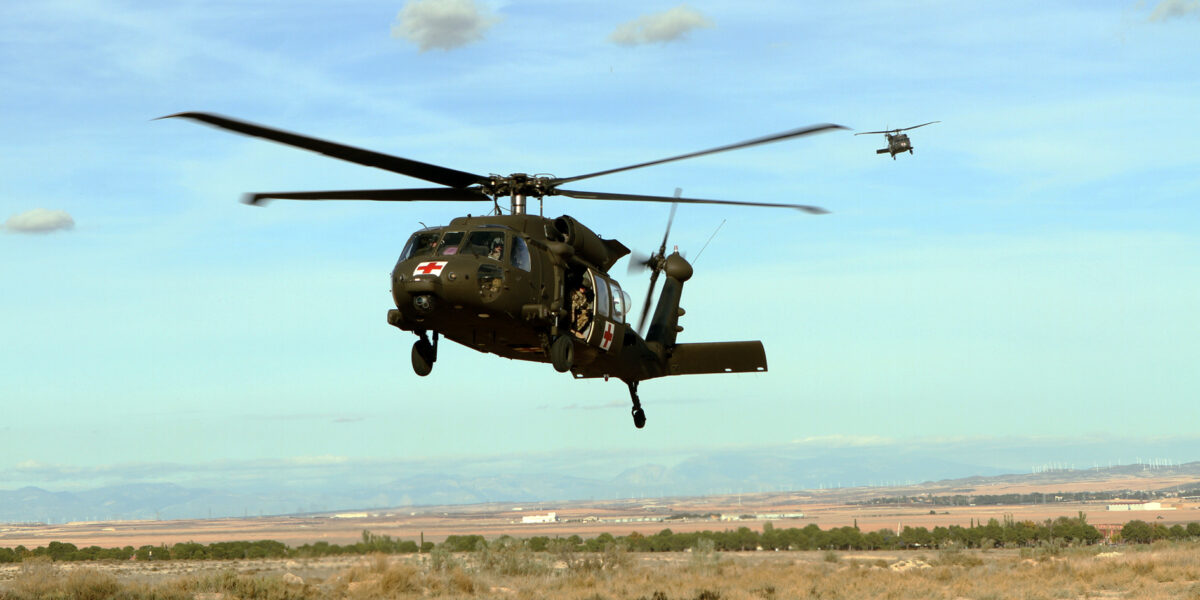Mi-28: A Modern Attack Helicopter
The Mil Mi-28, known by its NATO reporting name Havoc, is a formidable attack helicopter developed by the Soviet Union and currently produced in Russia. The Mi-28 serves as a versatile and survivable asset for modern military operations, capable of executing various tasks from ground attacks to reconnaissance missions.
Development and Design
Work on the Mi-28 began in the late 1970s, as the Soviet Union sought a successor to the Mi-24 Hind, which was known for its armor and multi-role capacity. The Mi-28 was envisioned specifically as an anti-armor weapon system with improved flight performance and advanced avionics. The helicopter first flew in 1982, with the production model becoming operational in the mid-1990s. Given its lengthy development, the Mi-28 incorporated numerous refinements over successive prototypes before finally meeting its design criteria.
Central to its design is the tandem seating arrangement for the pilot and gunner, which enhances the helicopter’s silhouette and reduces target size from the ground. The airframe is heavily armored, providing protection against small arms fire and shell splinters. Composite materials and advanced alloys contribute to the overall durability while keeping the weight manageable for flight efficiency.
Avionics and Armament
The Mi-28 is outfitted with a comprehensive set of avionics tailored for combat effectiveness. It includes a helmet-mounted display enabling pilots to lock onto targets simply by looking at them. A night vision forward-looking infrared (FLIR) allows for operations in low visibility conditions. The integrated navigation and fire control systems ensure precision in targeting and engagement.
- 30mm Shipunov 2A42 autocannon: Mounted on a movable turret under the nose, the cannon can be directed to engage targets both on the ground and in the air.
- Anti-tank guided missiles (ATGMs): The Mi-28 often carries the 9M120 Ataka series missiles. These are tube-launched, anti-tank guided missiles with effective ranges exceeding several kilometers.
- Unguided rockets: Pods for 80mm and 122mm unguided rockets provide additional firepower against softer targets or for area suppression.
- Air-to-air missiles: In some configurations, the helicopter can carry missiles designed for engaging aerial targets, expanding its utility in various threat environments.
Operational Capabilities
The Mi-28 is capable of both offensive and reconnaissance missions due to its advanced avionics and armament capabilities. High maneuverability allows it to traverse challenging terrains and engage targets while minimizing exposure to enemy fire. With a maximum speed of around 300 kilometers per hour (approximately 186 miles per hour), the Mi-28 can rapidly reposition itself to avoid threats and respond to dynamic battlefield conditions.
The helicopter boasts an impressive range, enabling extended missions without the immediate need for refueling. The mi-28 has the capacity to perform nap-of-the-earth flying, which involves skimming the ground at very low altitude to avoid detection and minimize exposure to enemy radar and defenses.
Variants
Several variants of the Mi-28 have been developed over the years, each addressing specific military needs and enhancing capabilities:
- Mi-28N: Known as Night Hunter, this variant is equipped with radar and enhanced night-fighting capacities.
- Mi-28NE: An export version, tailored for the international market with slightly modified systems to cater to foreign clients.
- Mi-28NM: This is a modernized version, featuring upgraded engines, avionics, and new weapons systems, improving upon the lessons learned from earlier versions.
Global Footprint and Users
Russia remains the primary operator of the Mi-28, integrating it into various branches of its military for both offensive and support roles. However, several other countries have also shown interest and have integrated the helicopter into their own forces. Clients have included Iraq and Algeria, among others. The presence of the Mi-28 in diverse geographical regions speaks to its adaptability and operational value in various conflict scenarios.
Comparisons with Other Helicopters
When comparing the Mi-28 with similar rotary-wing aircraft, notable counterparts include the AH-64 Apache from the United States and the Eurocopter Tiger from Europe. Each of these helicopters offers unique capabilities and design philosophies, reflecting the distinct military traditions and operational doctrines of their respective countries:
- AH-64 Apache: Emphasizes multi-role functionality with sophisticated targeting systems and integration with broader battlefield networks.
- Eurocopter Tiger: Features agility and advanced electronics, typically used by European forces across various environments.
While each of these helicopters displays unparalleled engineering, the Mi-28 stands out for its focus on ruggedness, combat survivability, and strong firepower. Its design is well-suited for conditions where long engagements and heavy armor engagements are expected.
Future Prospects
The Mi-28 continues to evolve as technology advances. Ongoing upgrades address changing battlefield conditions and technological advancements, ensuring the Mi-28 remains a relevant platform for military operations. Enhanced digital systems, improved engines, and integration of new weapons systems are part of future improvements. As warfare becomes increasingly networked, efforts are also geared towards integrating the Mi-28 more efficiently with other battlefield assets, allowing for coordinated operations across air and ground forces.
“`
Recommended Aviation Gear
David Clark H10-13.4 Aviation Headset – $376.95
The industry standard for aviation headsets, trusted by pilots worldwide.
Pilot’s Handbook of Aeronautical Knowledge – $25.42
The official FAA handbook – essential reading for every pilot.
As an Amazon Associate, we earn from qualifying purchases.




Subscribe for Updates
Get the latest articles delivered to your inbox.
We respect your privacy. Unsubscribe anytime.